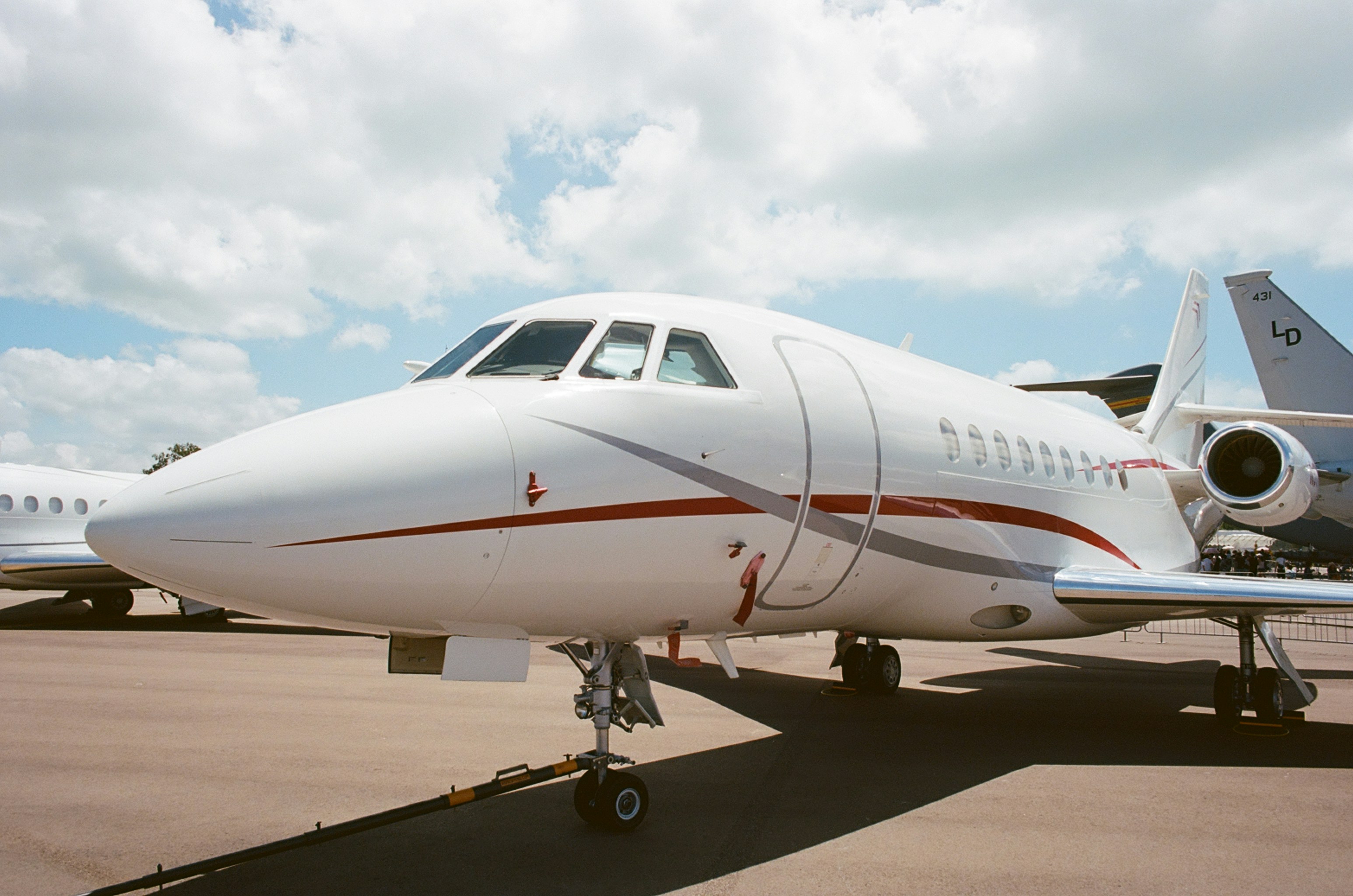Pilot Training in the US: Structured Programs for Aspiring Aviators
In the United States, individuals interested in aviation may explore pilot training programs that offer a combination of classroom instruction and practical flight experience. These programs are often structured to support foundational learning, safety awareness, and gradual skill development. Learn how such training may be organized.

What are the key components of pilot training programs in the US?
Pilot training programs in the United States typically consist of several key components designed to provide a well-rounded education in aviation. These components include ground school instruction, simulator-based training, and in-flight instruction. Ground school covers theoretical aspects of flying, including aerodynamics, navigation, meteorology, and aviation regulations. Simulator-based training allows students to practice flying procedures and emergency scenarios in a controlled environment. In-flight instruction provides hands-on experience in actual aircraft, allowing students to apply their knowledge and develop practical skills under the guidance of experienced instructors.
How do simulator-based training and in-flight instruction work together?
Simulator-based training and in-flight instruction complement each other to create a comprehensive learning experience. Simulators offer a safe environment for students to practice complex procedures, emergency situations, and instrument flight rules (IFR) without the risks associated with actual flight. This training helps build confidence and muscle memory before transitioning to real aircraft. In-flight instruction then allows students to apply these skills in real-world conditions, experiencing the physical sensations of flight and learning to manage various environmental factors. The combination of these two training methods ensures that aspiring pilots are well-prepared for the challenges of actual flight.
Is previous aviation experience required for introductory pilot training?
One of the most encouraging aspects of pilot training programs is that introductory courses often do not require previous aviation experience. These programs are designed to accommodate individuals with varying levels of knowledge and experience, from complete beginners to those with some familiarity with aviation. This accessibility allows anyone with a passion for flying to pursue their dreams, regardless of their background. As students progress through the program, they build upon their knowledge and skills, gradually moving from basic concepts to more advanced techniques.
How do structured evaluations track progress in pilot training?
Structured evaluations play a crucial role in tracking student progress throughout pilot training programs. These assessments are typically conducted at each stage of training and may include written exams, practical tests in simulators, and in-flight check rides. Evaluations help instructors identify areas where students excel and where they may need additional support. This continuous feedback loop ensures that students are meeting the required standards and are prepared to move on to more advanced stages of training. Structured evaluations also help students gauge their own progress and build confidence as they master new skills.
What unique opportunities does pilot training offer aspiring aviators?
Pilot training programs in the United States offer unique opportunities for aspiring aviators to explore various aspects of the aviation industry. Many programs provide exposure to different types of aircraft, from small single-engine planes to larger multi-engine aircraft. Students may also have the chance to experience night flying, cross-country navigation, and instrument flight rules (IFR) training. Some programs offer specialized courses in aerobatics, mountain flying, or seaplane operations, allowing students to tailor their training to specific interests or career goals. Additionally, networking opportunities with industry professionals and potential employers are often available through flight schools and training programs.
What can students expect from the pilot training learning process?
The pilot training learning process is designed to be comprehensive and engaging, with a focus on both theoretical knowledge and practical skills. Students can expect a combination of classroom lectures, self-study materials, interactive workshops, and hands-on flight experience. The learning process is typically structured to build upon previous knowledge, starting with basic concepts and progressing to more complex topics. Throughout the training, students will develop critical thinking skills, decision-making abilities, and a strong understanding of aviation safety protocols.
| Training Component | Description | Typical Duration |
|---|---|---|
| Ground School | Theoretical instruction covering aviation fundamentals | 2-3 months |
| Simulator Training | Practice in flight simulators for procedures and emergencies | 20-40 hours |
| Private Pilot License | Initial flight training for basic piloting skills | 40-60 flight hours |
| Instrument Rating | Training for flying in low visibility conditions | 40-50 flight hours |
| Commercial Pilot License | Advanced training for professional piloting | 190-250 total flight hours |
Prices, rates, or cost estimates mentioned in this article are based on the latest available information but may change over time. Independent research is advised before making financial decisions.
Pilot training programs in the United States provide a structured and comprehensive approach to aviation education. From the foundational knowledge gained in ground school to the exhilarating experience of in-flight instruction, these programs offer a clear path for aspiring aviators to achieve their goals. With the combination of simulator-based training, practical flight experience, and ongoing evaluations, students can develop the skills and confidence necessary to become competent and safe pilots. Whether pursuing a career in aviation or fulfilling a personal dream, pilot training programs offer an exciting journey into the world of flight.




